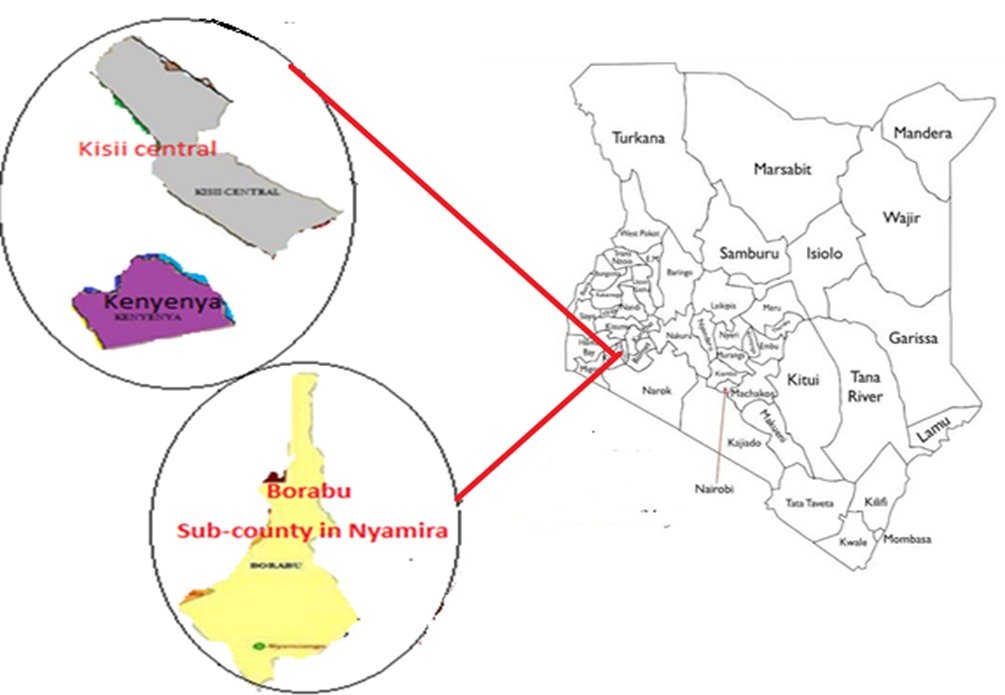Influence of Postharvest Handling and Packaging Technologies on Tomato Quality Among Smallholder Farmers in Kisii and Nyamira Counties, Kenya
Keywords:
Knowledge Level, Postharvest Technologies, Tomato Quality, Kenya.Abstract
Tomato, Lycopersicon esculentum is a highly perishable horticultural crop, which requires high level of post-harvest management to prevent losses during harvesting, packaging and transport. The study aimed at assessing the influence of knowledge levels of postharvest handling technologies on tomato quality among smallholder farmers in of Kisii and Nyamira counties, Kenya. The study sampled 168 respondents from the target population of 1001 registered smallholder tomato farmers in the two counties using random and purposive multilevel sampling designs. Data was collected using semistructured questionnaires and interview schedules after determining the validity and reliability of the data collection tools. Descriptive statistics; mean, frequencies and percentages, and one-way ANOVA were performed using the Statistical package for social sciences (SPSS version 21, IBM Inc.) and the statistical significance of the differences of knowledge among the smallholder farmers levels judged at p = 0.05. There were significant differences (p < 0.05) in postharvest management knowledge levels among smallholder farmers. The overall mean (3.24 ± 0.822) indicated that smallholder farmers had moderate level of knowledge on tomato postharvest handling technologies. The means for packaging (3.49 ± 1.210) and transport (3.48 ±1.229), were significantly higher (p < 0.05) than other post-harvest technologies, with precooling (2.1±1.3) recording the lowest mean. Adoption of recommended post-harvest practices is determined by knowledge levels among the small holder farmers. Therefore, the study recommends the involvement of other advisory channels in training smallholder farmers to improve their awareness on postharvest handling technologies to reduce tomato quality deterioration.
Downloads

Published
How to Cite
Issue
Section
Copyright (c) 2022 Authors

This work is licensed under a Creative Commons Attribution-NonCommercial 4.0 International License.








